Torin Campbell, 15 months old at the time, was undergoing surgery for a blocked tear duct when his heart stopped. While doctors, eventually revived him, his mom, Vanessa Campbell, was devastated and confused. Up until that point, her son had been a happy, adventurous and healthy child. She soon learned that Torin had a rare and almost always fatal congenital heart defect.
“He just actually learned how to walk maybe three months before it happened. But there were no signs,” the 28-year-old certified nursing assistant from Ocala, Florida, told TODAY. “Nobody ever picked up on it at all.”
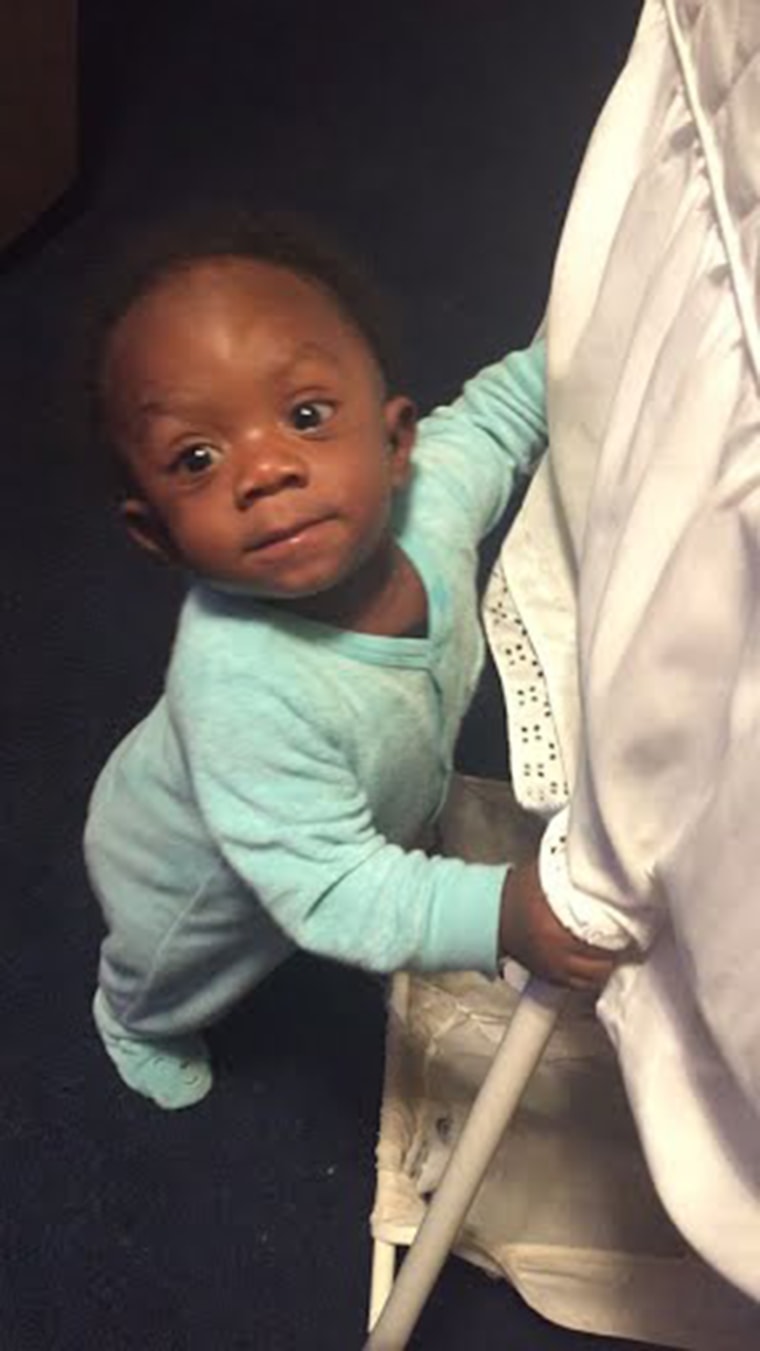
Doctors at Orlando Health Arnold Palmer Hospital for Children performed a unique procedure to help the toddler.
“If doctors had not caught Torin’s heart problem … he could have been playing outside with his brothers and just collapsed and dropped dead,” Campbell said.
Surgery leads to complications and reveals birth defect
Torin was always a healthy baby and toddler, but one of his tear ducts was blocked.
“The tears weren’t coming out,” Campbell explained. “It’s like they were just bubbling in his eyes.”
Doctors recommended a procedure to unblock it at the children’s hospital. He sailed through the pre-surgery checkup with healthy blood pressure and no detectable heart defects. But about 10 minutes into the procedure in June 2020, Torin’s heart stopped. It took doctors hours to revive him.
“It was very scary. I’m going to be honest I do not remember seeing Torin for the first time,” she said. “I was a nervous wreck.”
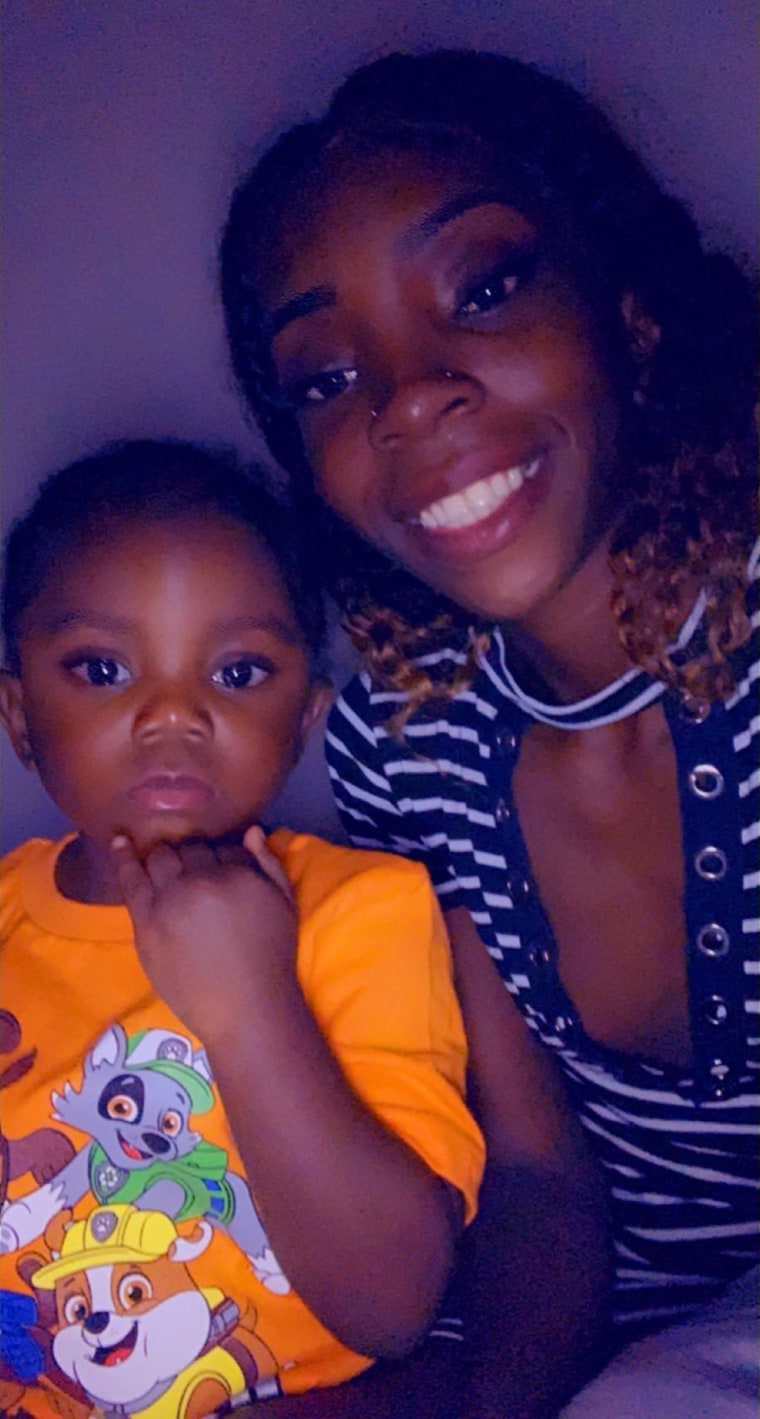
After he was revived, he was placed on a ventilator and an extracorporeal membrane oxygenation machine (ECMO) that works sort of like a heart lung bypass. But his brain started swelling and doctors performed a craniotomy, surgically removing part of the skull, to relieve some of the pressure on his brain. They also inserted a shunt in his brain to help. But his problems continued, and he needed another craniotomy after he experienced a stroke. When Torin woke, he couldn’t sit up, eat, crawl or walk.
“They told me that it was a possibility that he would never be able to suck or drink or eat,” Campbell said. “He didn't know how to suck a bottle. He didn't know how to hold a bottle. He had to start all over again from like being a newborn.”
Following the surgery, doctors realized that Torin was born without his left coronary artery connected, what’s called congenital atresia of the left main coronary artery. This likely led to his heart stopping during the procedure. As the condition progresses, it causes the artery to become smaller and smaller. There are no screenings for this condition and doctors don’t routinely scan coronary arteries unless patients report a problem. This defect is so rare that it’s almost always detected after children die.
“Unfortunately, sometimes it’s diagnosed on an autopsy. It can present with chest pains,” Dr. Michael Farias, a pediatric cardiologist at The Heart Center at the Orlando Health Arnold Palmer Hospital for Children, told TODAY. “But often times it presents with sudden death.”
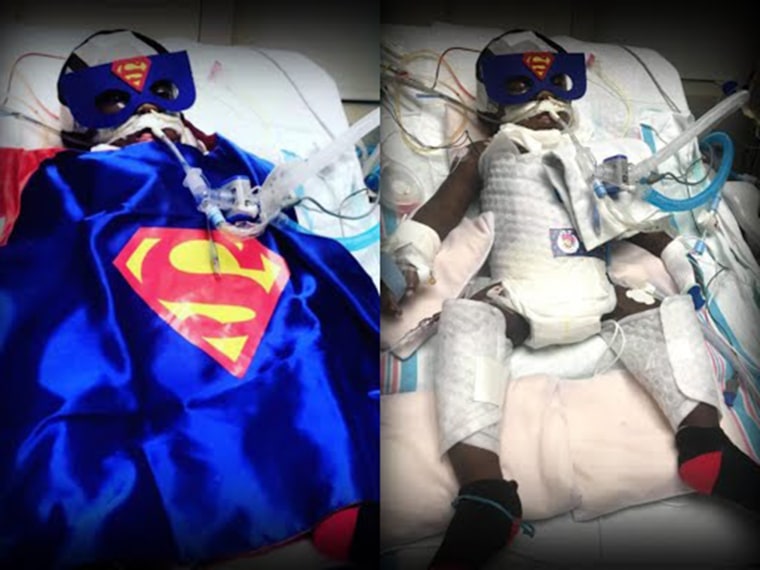
Because it’s so rare there are few treatments for it. Some doctors simply observe patients or try a coronary artery bypass grafting, which is most often performed in adults who need bypass. Torin, now 3, is too small for such a procedure.
They knew once he became more stable Torin would need an intervention. Doctors decided on osteoplasty, which allows them to open up the area and connect the left coronary artery.
Meanwhile, Torin started relearning some things he forgot how to do after the hospitalization and stroke.
“He taught himself how to crawl and then he taught himself how to walk. He started talking and then he was playing with his brother,” Campbell said. “He could play but I don't let him play too hard because they still hadn't fixed the problem with his heart. He would be playing and then he'll grab his chest and I'll say, ‘Torin does that hurt?’ and he says, ‘Yes, mommy.’”
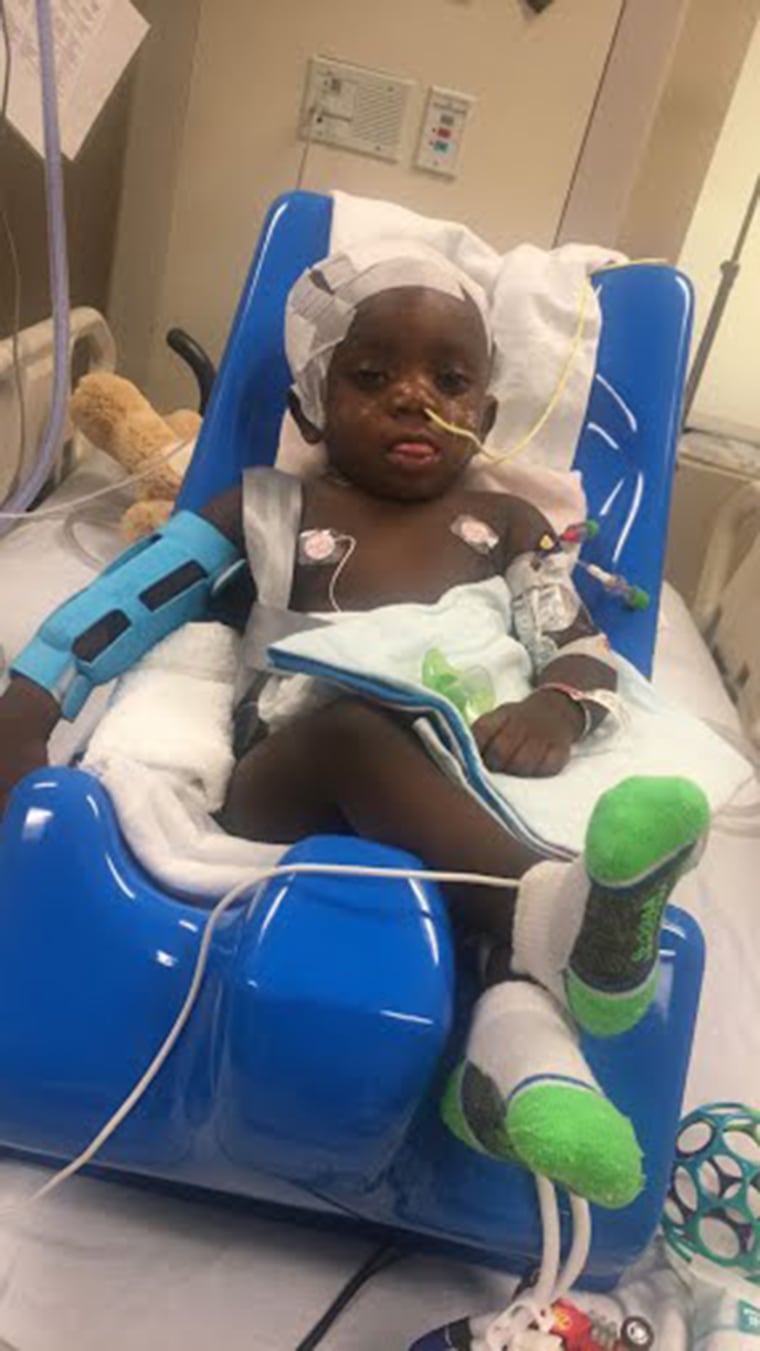
Luckily, the osteoplasty took place in November 2020 and since then, Torin has been thriving.
“The repair was a good repair,” Farias said, adding the team prepared a manuscript on the procedure to allow other doctors to understand its potential.
Life after stroke and heart surgery
While the hope is Torin will have a normal life, Farias will still need see Torin until he’s an adult. And he might even need care to continue into adulthood. But he continues to improve.
“There was a time where we didn't know if he would leave the hospital and I was pleasantly surprised when Vanessa came to my clinic and said Torin was running and playing and annoying his sister — all things that I never thought he would be able to do,” Farias said.
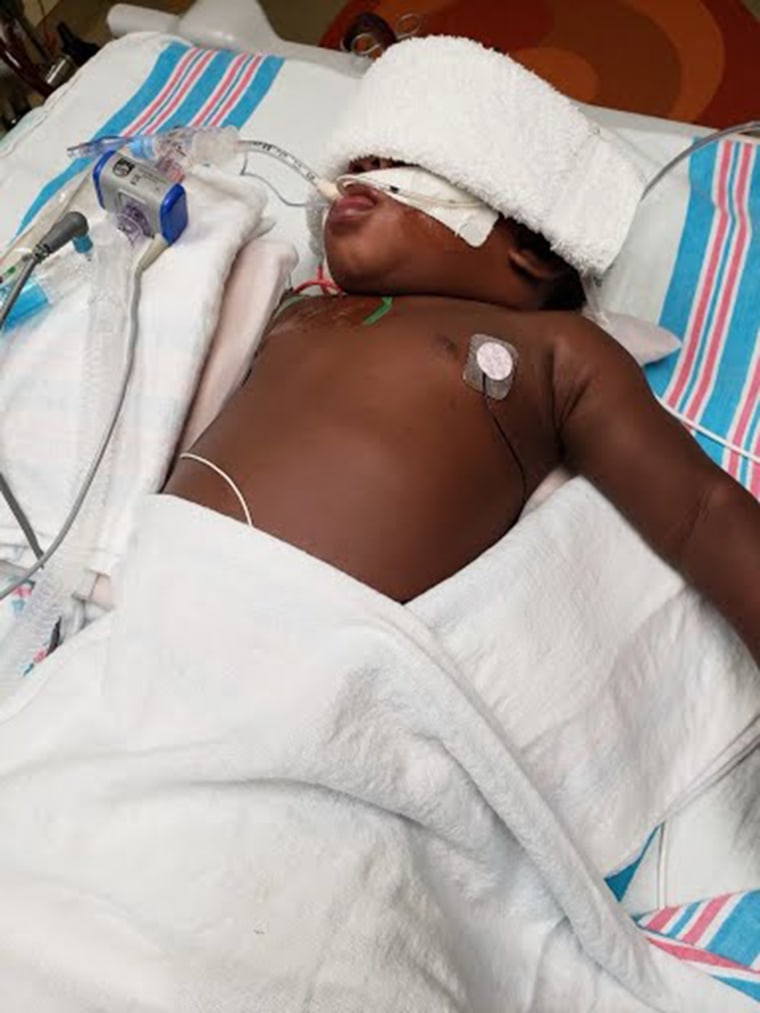
Campbell agrees. The stroke occurred on his left side, impacting his right side. His arm and fingers are slightly impaired but every day he gains more abilities, like learning how to help his sister use a chair to climb up to the counter to get snacks.
“If he’s walking and trying to run you can’t even tell that there is a problem. He’s talking,” she said. “He's very smart. Like I didn't think that he would be as advanced as he is, but he's very advanced.”
She said her family’s support and her faith in God kept her strong through Torin’s health crisis.
“My family, I mean, they're my backbones. If it wasn't for God and my family, I can honestly say I would not have made it,” she said.